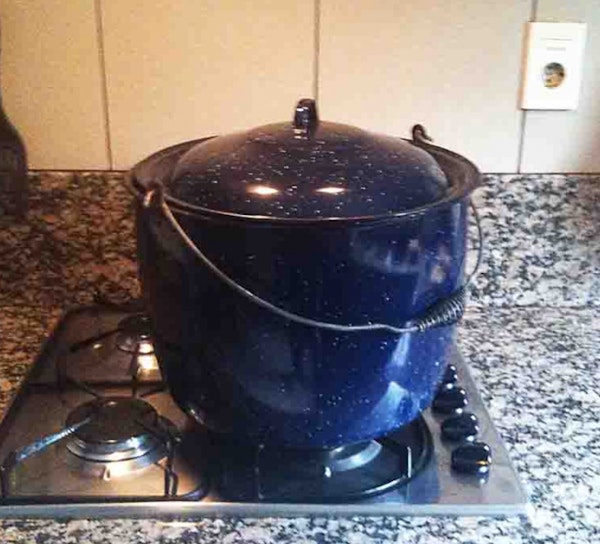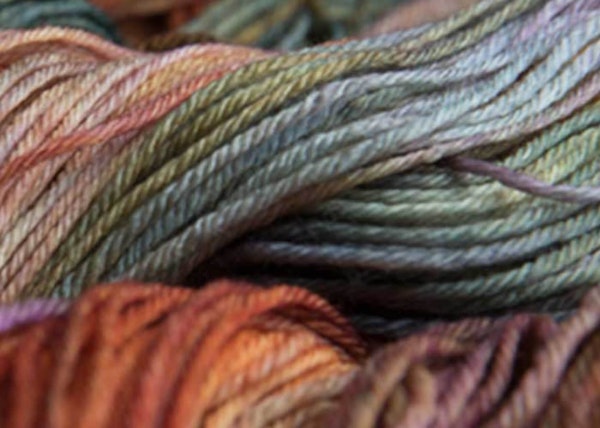About us
We are a family-owned yarn company located in Uruguay and Peru and we have developed a line of Hand-Dyed yarns of incredible softness and wonderful color variations. Our products are made out of the softest fibers available and inspired by nature, as well as landscapes, places, art and day-to-day life. This is what we try to represent when naming our 21 yarn varieties and the range of over 400 colors they come in.
We produce yarn because we are passionate about it. We believe in the pleasure of knitting with high-quality, carefully designed, subtly dyed yarns and in the joy of wearing what is created with them.
Our wish is to continue developing yarns and colors to inspire people all over the world and, in return, be inspired by them.





